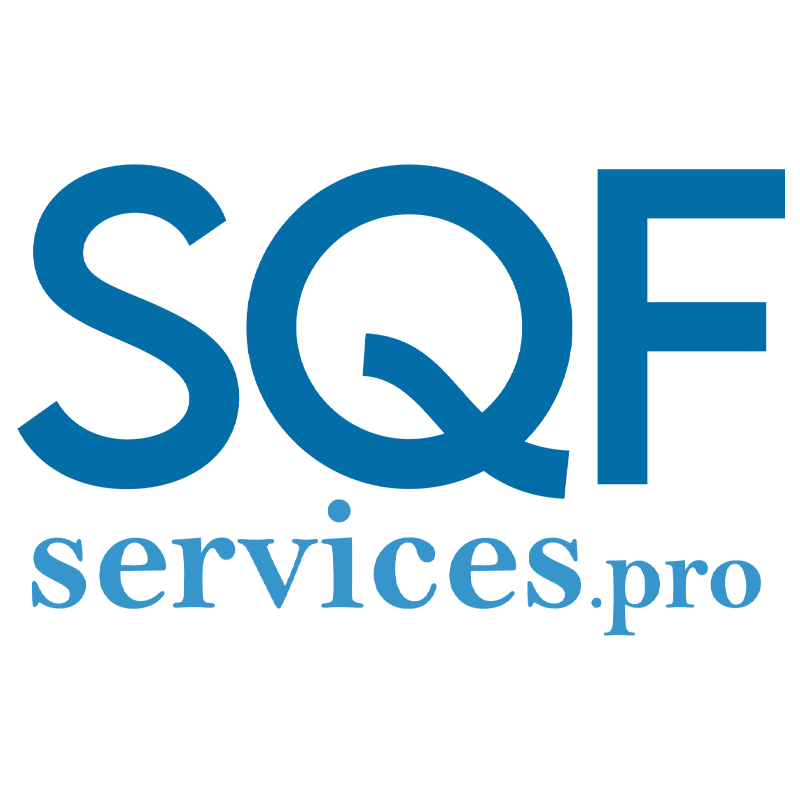Compliance
Compliance Statement:
SQFServices.pro ensures full alignment with SQF (Safe Quality Food) Module 2 focuses on System Elements, which are foundational requirements for food safety and quality management. Below is a comprehensive compliance requirements covering key aspects of SQF Module 2 (based on Edition 9):

Management Commitment & Food Safety Culture
Document Control & Record Keeping
Specifications & Product Development
Supplier & Ingredient Approval
Training & Competency
Food Safety Fundamentals (Prerequisite Programs - PRPs)
Allergen Management
Food Fraud & Defense
Crisis Management & Recall Preparedness
Verification & Validation
Continuous Improvement
Powered by Consultare Inc. Group, A Compliance Company
